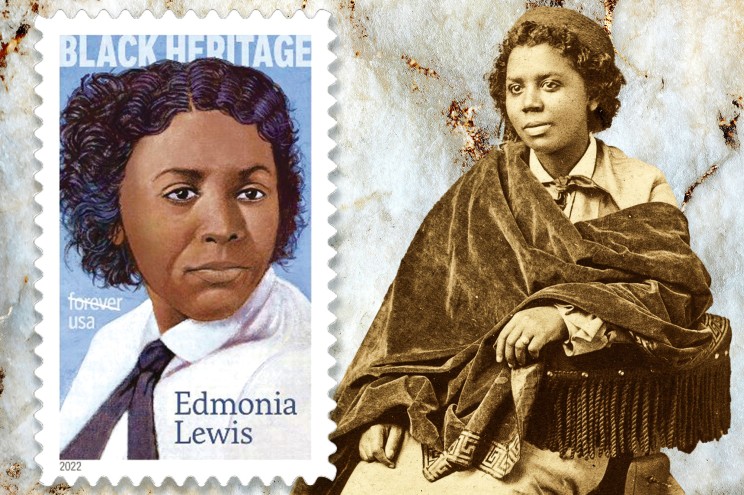
*Stamps have become the new ground for honoring artistry figures who didn’t get their fair share of honor in their days. For over a decade, the U.S. Postal Service has gone out of its way to recognize these artists whom the mainstream art institutions have somewhat ignored.
One such artist to posthumously benefit from this effort is Edmonia Lewis, who historians widely consider to be the first Black artist in her line of art to succeed in North America and Europe. She was of Haitian and Ojibwe descent. Her inclusion is part of the USPS’s “Black Heritage” series that has also included other unsung heroes such as tennis player Althea Gibson and playwright August Wilson, amongst others.
By the late 19th century, Lewis had made her mark as a sculptor and was famous across the U.S. and beyond, thanks to her elegant, marble-made sculptures. Many of her contemporaries in sculptures are lost to history, so it is remarkable that she still stands out.
OTHER NEWS ON EURWEB: Spain’s Postal Service Rolls Out Skin-tone Stamps to Fight Racism (But it May Itself be Racist)

Her most famous piece of art has to be Death of Cleopatra (1876), which gobbled up more than 3,000 pounds of Carrara marble. The creation captures the moments soon after Cleopatra committed suicide. The work is now a property of the Smithsonian American Art Museum, in Washington, D.C.
Lewis’s postage stamp is based on a portrait taken of her between 1864-1871 by Augustus Marshall.
Lewis was born in 1844. She went to study at Oberlin College. Soon, she was accused of poisoning her white roommates. She was kidnapped and almost killed during the trial. However, she was later acquitted even if she never managed to complete her studies thereafter being accused (again!) of stealing art supplies. She left for Rome, which was the popular destination for many a sculptor, to refine her craft even more.
We Publish News 24/7. Don’t Miss A Story. Click HERE to SUBSCRIBE to Our Newsletter Now!





